iUTAH Undergraduate iFellows
Week 2 Recap
May 23-27, 2016
Joydino Beyale
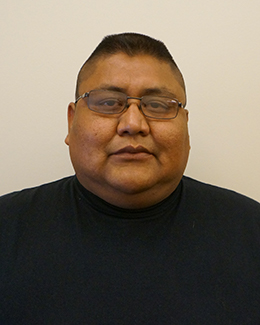
This week I was able to learn more in the lab, the tools and the skills that was instructed and demonstrated. I also worked with a fellow worker Kaisa and Mitch, another iFellow, to help and experiment soil sampling. Each day I am learning more in the lab and out in the field collecting data.
Heather Bottelberghe
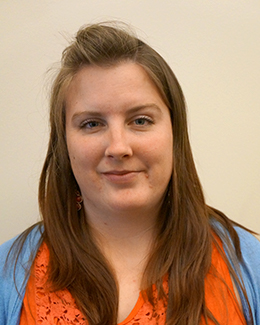
This week we met with Tommy a graduate student in the GIS/Remote Sensing lab who showed us how to work with an Infrared (IR) imagery software. Maggi Kraft a graduate student in USU's ACWA Lab used a drone to record thermal IR video of the Swaner Preserve in Park City, Utah. Andrew Hackett and I will process the video to find specific frames that we can combine to make a mosaic. We will georeference the thermal IR mosaic using ground control GPS points that are visible on the images. The thermal IR videos were really exciting to watch, I cannot wait to start creating the mosaic!
On Friday, Andrew and I began documenting the locations of street gutters in Logan City that are being used to convey secondary water sources to homes so that people can use it to irrigate their lawns. I was glad to finally see first hand how the water is diverted and delivered to people’s lawns and gardens. Some people use sand bags to reroute the water flow and flood it into their yards. Others have a "gate" that when opened allows the water to flow into a canal or ditch in their yard that they can then use to flood their yard or to connect to a pump for sprinklers. Our goal is to map out all of the streets in the urbanized Cache Valley that are used to deliver secondary water to residential land.
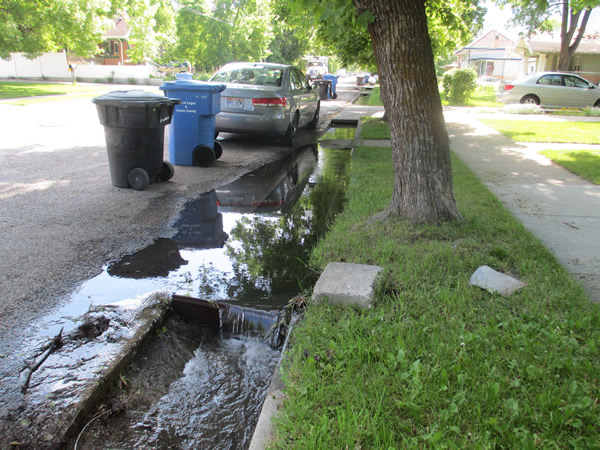
A street gutter overflowing with irrigation water
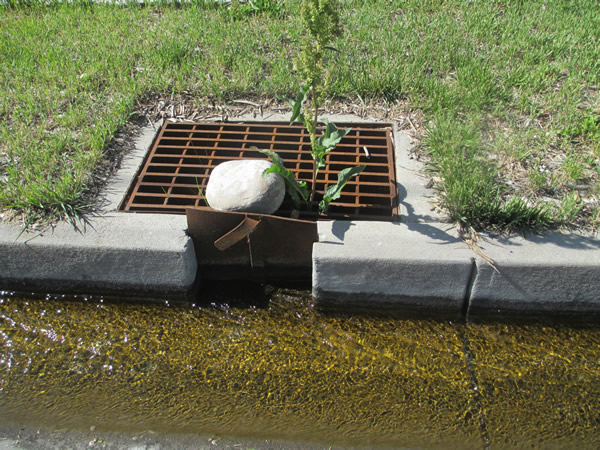
A "gate" that is shut. When opened, it allows the water to enter the storage container to be used for the yard

A pump is used to convey water from the ditch and irrigate the garden
Katelyn Boyer
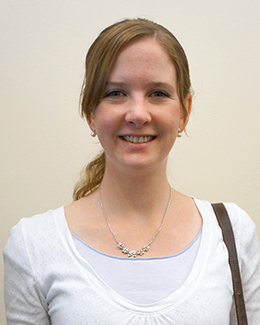

This picture shows the several maps I am making to include on my poster. Going from left to right the maps show the study
site locations with data of vegetation change, elevation change, and aspect of the mountains.
Todd Brown
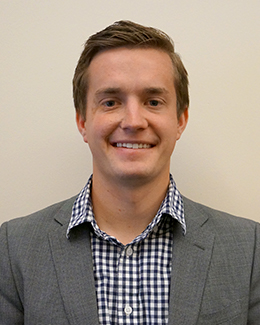
Darcie Christensen
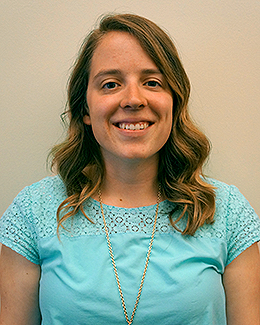
Georgie Corkery
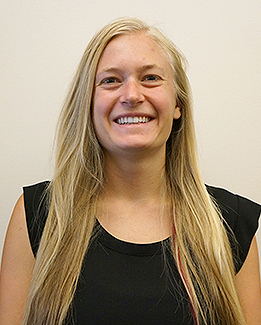
On Wednesday we saw that there were gnats on our soil blocks and rock wool. Gnats reproduce quickly and eat the roots of plants. So, to nip the problem in the bud, I set up a on the plants to prevent the gnats from staying on the starts and laying more eggs. On Thursday the gnats were almost gone so we turned off the fan and put out sticky traps and carnivorous plants.
Danny and I created a potential design for the Home Hydroponic Kit, made a tentative budget, and purchased a pump, a tube for the pump, a light, a shelving unit, and a basin. These materials put together will be our first step in the design process to see how everything fits together. Next week we plan on setting it up, testing it out, troubleshooting, and looking into different materials to use for the end product as well as an instruction sheet on how to use it.
For the Urban Agriculture Farm project I connected with Frog Bench farm and plan on touring and discussing project details with them next week Thursday!

Kale and peppers growing in rock wool and soil in our indoor space. The fan and sticky traps (yellow papers) were used to successfully
and quickly rid the starts from a potentially damaging gnat problem..
Cynthia Elliott
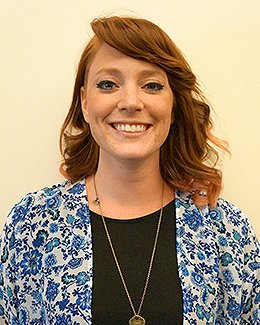
Andrew Hackett
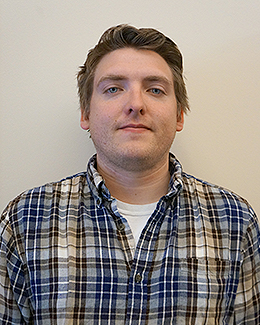

Many communities in Logan get their secondary water delivered via curbs along the street from which they can divert
the flow onto their property, continuing the flood irrigation method started when Cache Valley was initially settled.
Greta Hamilton
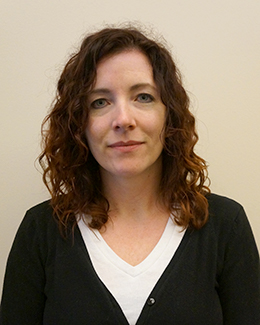
Stacy Henderson
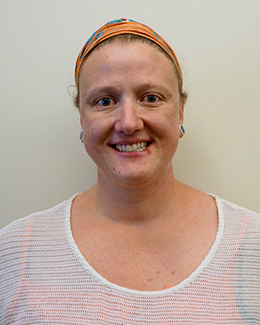
Rebecca Lee
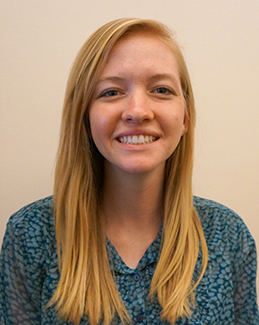

DNA extraction
Gabriela Martinez
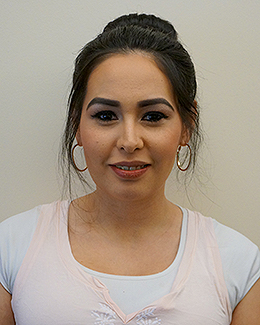
Mitchell Steele
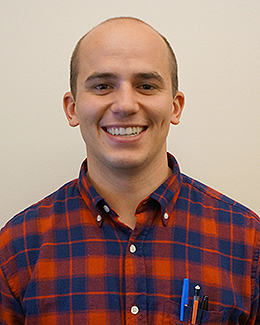
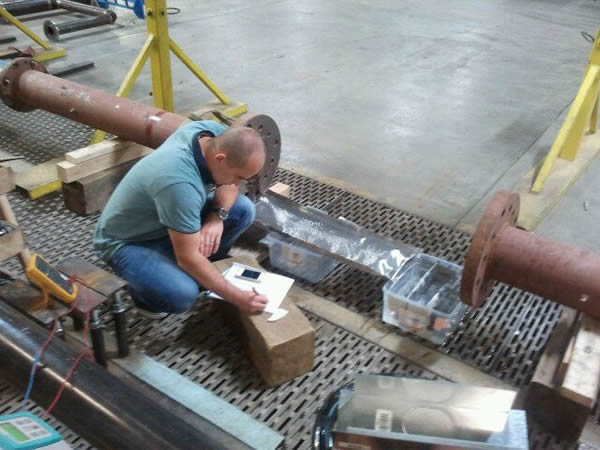
Calibration with V-Notched Weir box and pressure transducer.
The goal is to be able to measure discharge rate from curb cut out during rain storm.
Shanae Tate
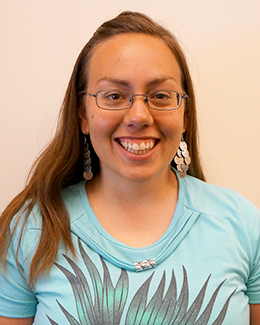
I have learned about the Water Retention Curve, which is also known as the Soil Water Characteristic. This is essentially the basis of all of soil physics, but I didn't realize it was that essential for everything in this field. It describes the relationship between water content and energy.
I'm super glad we talked about data management in our Cohort Session on Monday. I've dealt with a lot of data this week from our water retention curve experiment and also from the GAMUT soil moisture sensors. We are strategizing a plan for the re-calibration of the soil water content sensors and trying to find the shift that occurred with a firmware update last fall. I have learned a lot about organizing data and I believe there is a great future in data management ahead of me.
In other news, Chris and I took some flow measurements at the aquatic sites on Main Street. We basically lowered a 75-pound hunk of metal shaped like a torpedo into the water. The torpedo was so heavy so that it stayed in place in the water, allowing the sensor to measure the velocity of the river. The velocity and the other measurements we took will be used to calculate the discharge of the river.

This torpedo-looking anvil was the tool we lowered into the Logan River in order to measure the velocity of the water at certain depths.
Luis Vidal
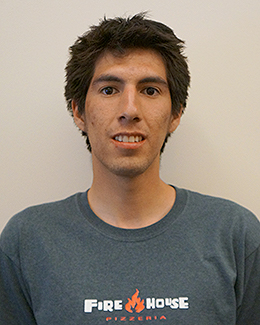
Lily Wetterlin
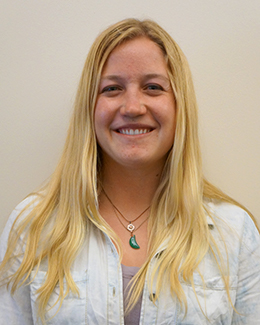
This week was all about composing my research proposal. I worked closely with my two graduate mentors, La’Shaye and Carolina, to choose my research question, hypotheses, introduction and work plan. In the process of forming my proposal I had an introduction to GIS and the program ArcMap. With ArcMap I was able to upload a file of trees in the Salt Lake Valley with the following data: species, trunk diameter, condition, plot residence and location. With this data I was able to narrow down the trees that I will be sampling for my research. I will be sampling the three most common species to the Salt Lake Valley: Norway Maple, Linden, and Green Ash. My question is to determine whether the size of an urban plot affects the nitrogen availability and water source for trees.
During the weekly Urban Ecology lab meeting I was able to present my proposal to the lab group and my mentor, Diane Pataki. It went very well and I received very helpful feedback on what was well planned and what could be improved. I am excited for the progression of the project in the following weeks.
Adam Whalen
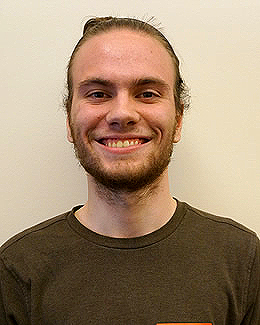
I kicked off the week by having another amazing cohort session, this time up at Utah State University. While I could have done without the long drive, the speakers and information presented made it more than worth it. I paid acute attention to Jeff Horsburgh (USU) presentation on proper data management as it relates directly to my research. Scott Bates (USU) opened my eyes to the intricacies and nuances of giving a poster presentation. After a comical “improvisation for scientists” session aimed at enhancing our professional interpersonal communication skills, I said farewell to my iFellow’s until June 13th when we will meet up again, this time down south at Brigham Young University.
As for the rest of my week, it saw me officially kicking off the meat of my research. I had an incredibly productive meeting with my mentors, Meaghan and Sara, and finally got set-up in an office space that I can (somewhat) call my own, it is shared with two other people after all. Apart from further familiarizing myself with the iUTAH survey data, something I began last week, I gathered countless pieces of secondary evidence on a number of water issues. These secondary data sets will serve as comparisons to the aforementioned iUTAH surveys that were conducted last year. While I may not have any exciting conclusions to draw just yet about where Utah compares to the nation and possibly even other states, I will say that I’m well on my way to finding them!
With a great deal of hard work, and copious amounts of coffee, I’m more confident than ever that my research is on the right track.
Sandra Udy (Young)
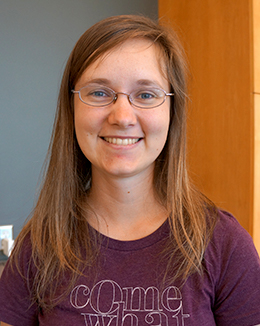
This week I began working on preparing agar cups to be brought out to the field next week. This involved heating up water and adding the agar. The solution was autoclaved and a nutrient amendment was added. This was separated into little cups and glass discs were placed on top. Once these were cooled I siliconed these to an L bar and zip-tied them down. This went way better than I was expecting, especially since my mentor was out of town for a conference. I did learn that zip-ties are harder to use than I remembered. I also realized that the autoclave is a super cool machine. I am excited to go out to the field next week.

This torpedo-looking anvil was the tool we lowered into the Logan River in order to measure the velocity of the water at certain depths.
All content provided on this iUTAH Team - Undergraduate iFellows weekly recap is unedited, updated by each participant to provide a review of their progress, and is for informational purposes only.


